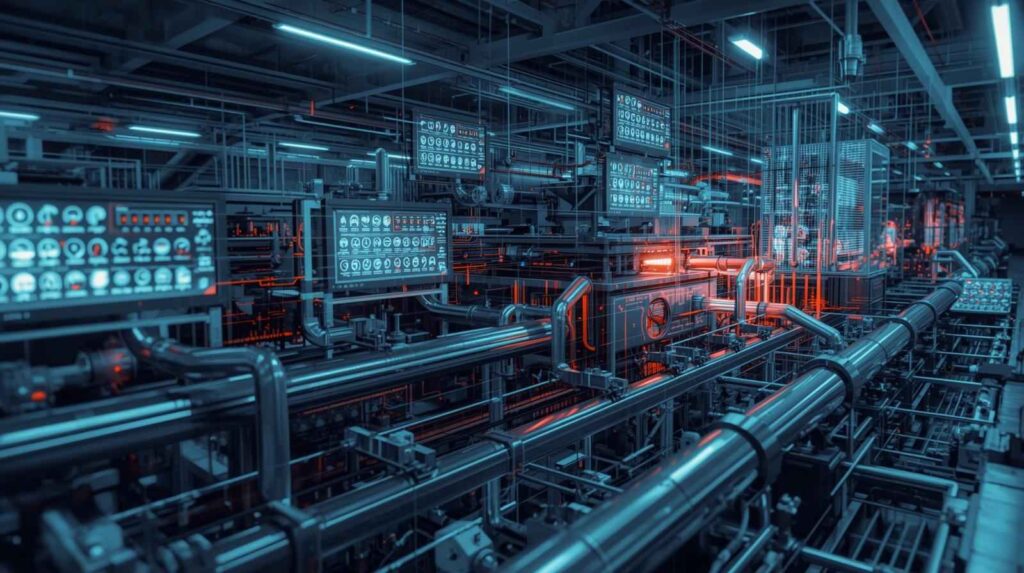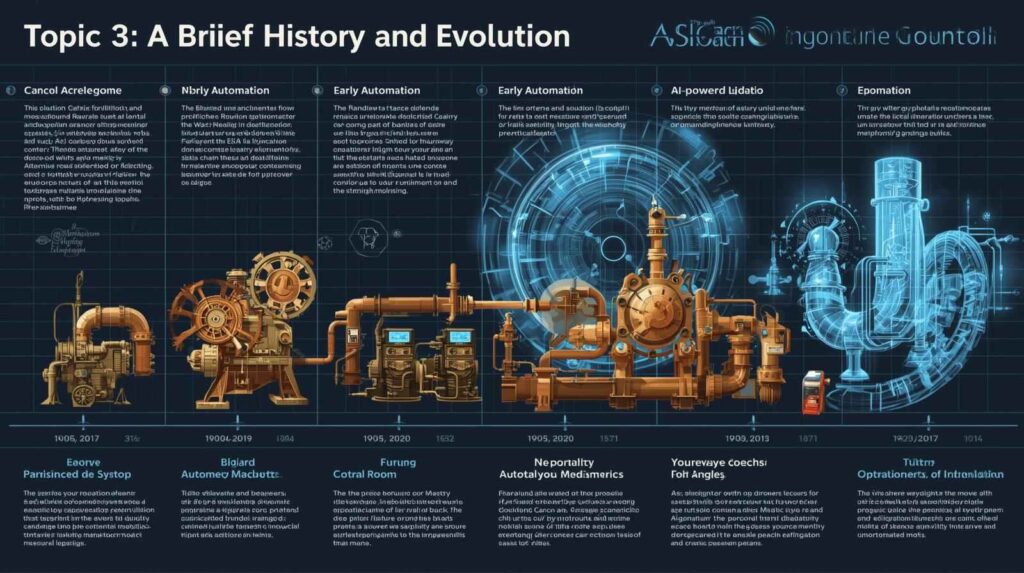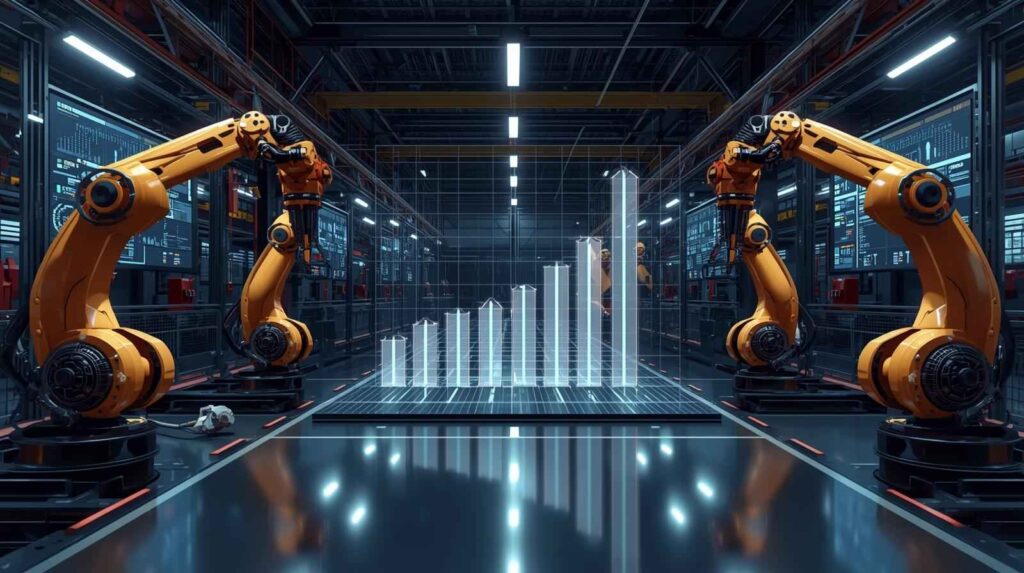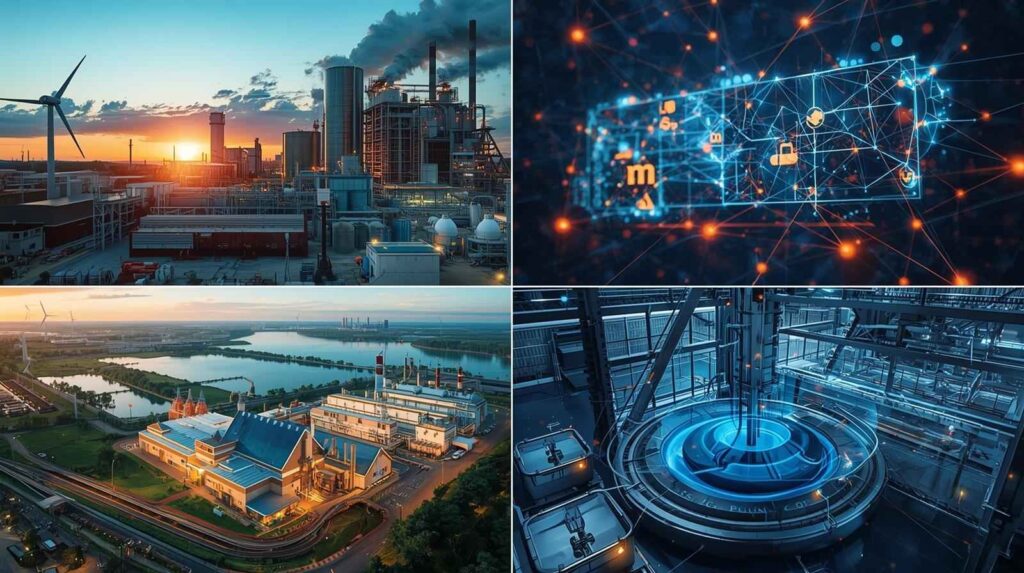SPP Process Technology Systems:
Technology doesn’t stand still. Every few years, new systems appear that reshape the way industries function. One of those game-changers is SPP process technology systems. They’re not just a set of machines or software; they represent a structured approach to making industrial processes faster, smarter, and more reliable. Think of them as the brain and backbone of modern production.
When I first came across SPP systems, I’ll be honest, I was overwhelmed. Acronyms, flowcharts, and diagrams everywhere. But after working alongside teams who implemented these systems in energy plants and manufacturing facilities, the complexity started to make sense. In fact, I noticed that once people understood the basics, they began to appreciate how much these systems save time, cut costs, and reduce human error.
That’s exactly what this article aims to do for you. By the time you’re done reading, you’ll have a strong understanding of what SPP process technology systems are, why they matter, and how they’re used across industries. You’ll also learn how they improve efficiency, how to approach implementation, and what challenges you might face along the way.
So, whether you’re a student curious about industrial systems, an engineer in training, or a decision-maker considering SPP for your company, this guide will give you a roadmap. Let’s dive in.

What Are SPP Process Technology Systems?
SPP process technology systems are integrated frameworks designed to manage, monitor, and optimise industrial processes. SPP typically refers to “Standardised Process Platforms” or “Systems for Process Performance”, depending on the industry context. In simpler terms, they’re systems that help factories, energy plants, or production lines run like well-oiled machines.
These systems combine software, hardware, sensors, and algorithms to handle tasks that humans used to do manually. For example, adjusting temperatures in a chemical reactor, monitoring fluid flow in pipelines, or controlling energy distribution in a power grid. Instead of relying on human operators to make dozens of decisions every second, SPP systems handle them automatically with precision.
The end goal? Consistency, safety, efficiency, and cost reduction. Imagine running a bakery that produces 10,000 loaves a day. Without process technology systems, every loaf might bake differently depending on who’s watching the oven. With SPP systems, the process is standardised, ensuring every loaf comes out the same, every single time.

A Brief History and Evolution
Process control systems have been around for decades. In the 1960s, industries started using basic automated systems to handle repetitive tasks. Over the years, these evolved into distributed control systems (DCS) and supervisory control and data acquisition (SCADA) platforms.
SPP systems represent the next step in this evolution. They combine traditional control methods with cutting-edge technologies such as artificial intelligence, machine learning, and IoT (Internet of Things). The result is smarter, adaptive systems that don’t just follow commands; they learn and improve over time.
Think of it this way: old systems were like a train running on fixed tracks. SPP systems are more like self-driving cars; they can adjust routes, avoid obstacles, and even predict issues before they happen.

Core Components of SPP Systems
Breaking down SPP process technology systems helps remove some of the mystery. Here are the main components you’ll usually find:
- Sensors and Data Collection – Devices that measure pressure, temperature, flow rates, and more.
- Control Units – The “brains” that process the data and make decisions.
- Actuators – Machines that carry out the commands, such as valves or motors.
- User Interfaces – Dashboards or control panels that let humans monitor and adjust the system.
- Analytics and AI Modules – Tools that analyse patterns and predict future outcomes.
Each component plays a role in ensuring the whole process works smoothly. Together, they form a cycle: collect data → analyse → act → adjust → repeat.

How SPP Systems Improve Efficiency
One of the biggest selling points of SPP technology systems is efficiency. They’re designed to cut down wasted time, materials, and energy.
- Real-Time Monitoring: Instead of waiting for issues to occur, SPP systems detect anomalies instantly.
- Predictive Maintenance: By analysing data, they can predict when a machine will fail and schedule maintenance before breakdowns happen.
- Resource Optimisation: Energy, raw materials, and manpower are used more effectively.
- Error Reduction: Automated systems minimise human mistakes, which can be costly in industries like pharmaceuticals or energy.
I once worked with a food processing plant that introduced an SPP system for packaging. Before implementation, mislabelling errors cost them thousands each month. After integration, errors dropped by 95%. That’s the kind of impact we’re talking about.

How to Implement SPP Process Technology Systems
Implementing these systems isn’t a one-click install. It’s a multi-step journey that requires planning, investment, and training. Here’s a practical guide:
Step 1: Assess Needs
Identify where automation or process optimization would make the biggest impact. Is it energy usage, quality control, or speed?
Step 2: Choose the Right Platform
Different industries require different systems. A chemical plant won’t use the same setup as a food manufacturer.
Step 3: Integrate with Existing Systems
SPP technology must connect seamlessly with your current equipment and IT infrastructure.
Step 4: Train Staff
Even the smartest systems need knowledgeable operators. Training ensures humans and machines work hand-in-hand.
Step 5: Test and Optimize
Run pilot projects before full-scale implementation. Adjust based on results.

Applications Across Industries
SPP process technology systems aren’t limited to one sector; they’re everywhere.
- Energy: Managing power generation, distribution, and smart grids.
- Manufacturing: Streamlining assembly lines and improving quality control.
- Pharmaceuticals: Ensuring consistency in drug formulation.
- Food and Beverage: Standardising taste, texture, and packaging.
- Water Treatment: Monitoring purification and distribution systems.
In each case, the same principle applies: use technology to make processes faster, safer, and more reliable.

Challenges and Misconceptions
Of course, no system is perfect. Companies often face challenges when adopting SPP systems:
- High Initial Costs: Setup can be expensive, though long-term savings usually outweigh it.
- Complexity: Training is essential to avoid confusion and mistakes.
- Cybersecurity Risks: Connected systems must be protected against cyberattacks.
- Fear of Job Losses: Automation can spark concerns, though in reality, it often shifts jobs rather than eliminates them.
A common misconception is that these systems run entirely without human oversight. In truth, they’re designed to work alongside humans, not replace them.

Frequently Asked Questions (FAQs)
1. What does SPP in SPP process technology systems stand for?
It often means standardised process platforms or systems for process performance, depending on the industry.
2. Are these systems only for large industries?
Not at all. While big plants benefit the most, small and medium businesses also use SPP systems to improve efficiency.
3. How expensive are they to install?
Costs vary widely depending on industry and scale, but companies usually see returns on investment within a few years.
4. Do they replace human workers?
No. They reduce repetitive manual tasks, but human expertise is still needed for supervision, decision-making, and innovation.
5. Can SPP systems predict failures?
Yes. Predictive analytics is one of their biggest strengths, allowing maintenance before breakdowns occur.
6. What industries benefit most?
Energy, pharmaceuticals, food processing, and manufacturing are among the top beneficiaries.

Conclusion
SPP process technology systems are more than just another buzzword. They’re a practical solution for industries that want to optimise resources, cut errors, and operate more sustainably. From predictive maintenance in energy plants to error-free packaging in food processing, their applications are vast and growing.
In my experience, the most successful adoptions happen when companies treat SPP systems not as a magic fix but as a long-term partner. They require investment, training, and a willingness to adapt. But once integrated, the rewards, efficiency, safety, and cost savings are undeniable.
Looking ahead, we can expect these systems to get even smarter. With AI and IoT developing at lightning speed, future SPP systems might not just respond to data but collaborate with humans in real time. Imagine a factory that not only detects an issue but also suggests the most cost-effective fix and then negotiates supply orders automatically.
The bottom line? If you’re in any industry that values efficiency and reliability, SPP process technology systems deserve your attention. They’re not just shaping the factories of tomorrow; they’re running them today.

